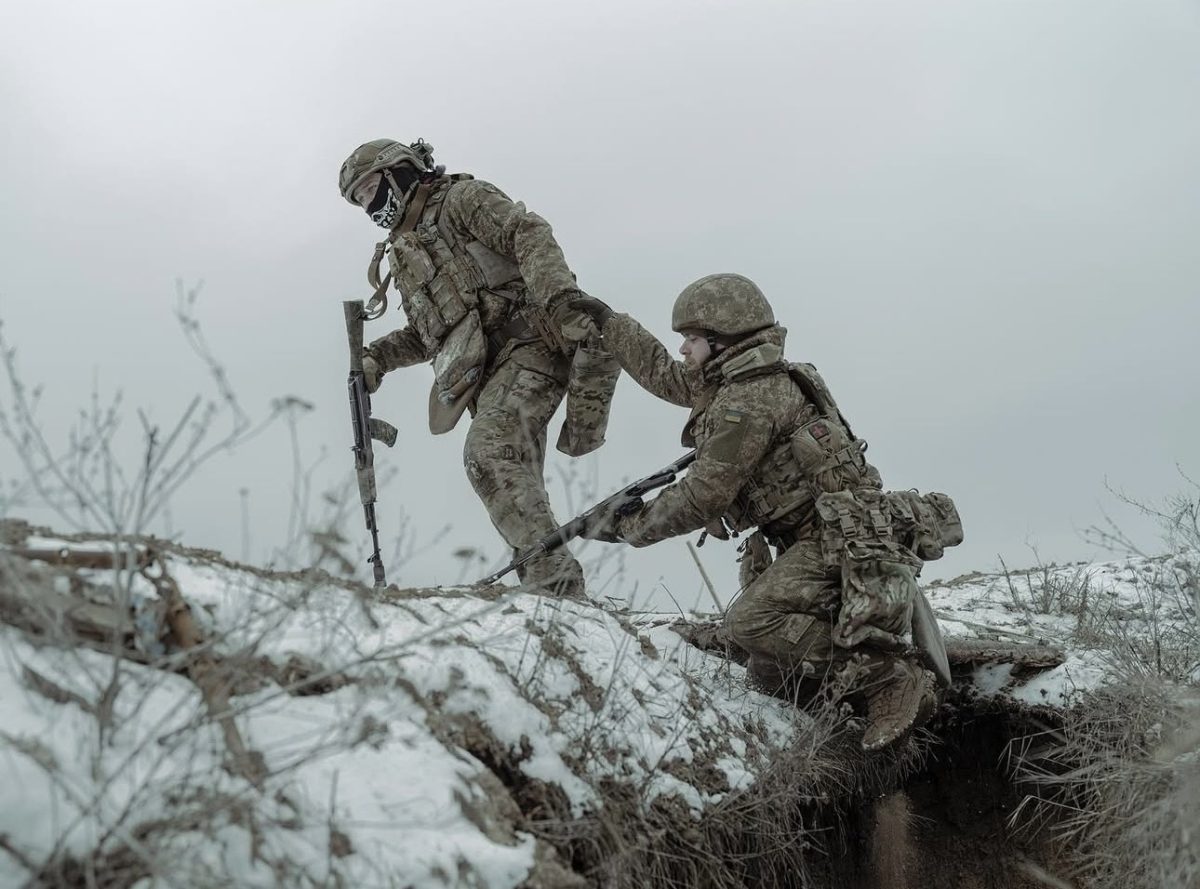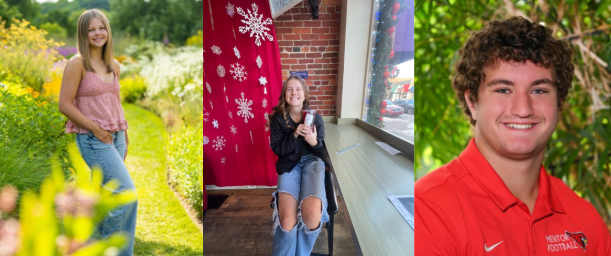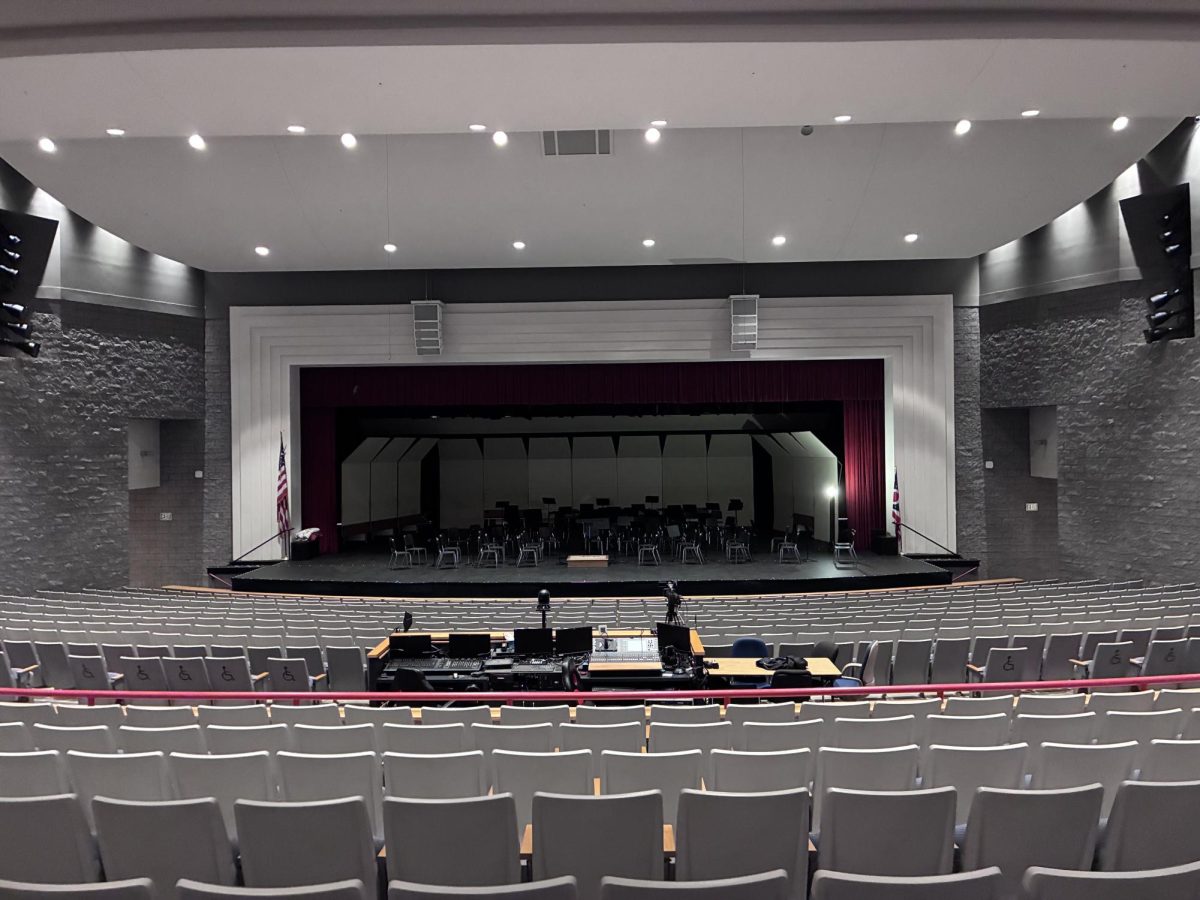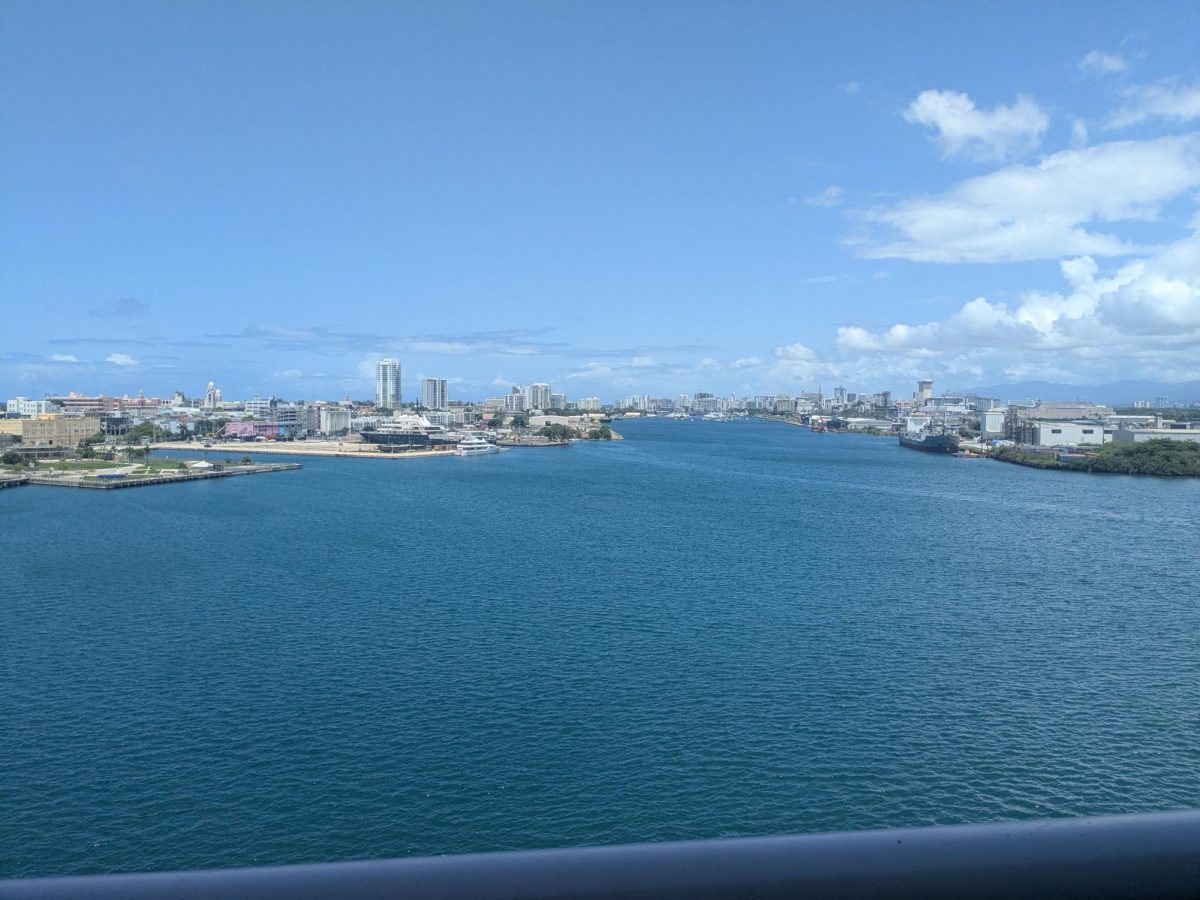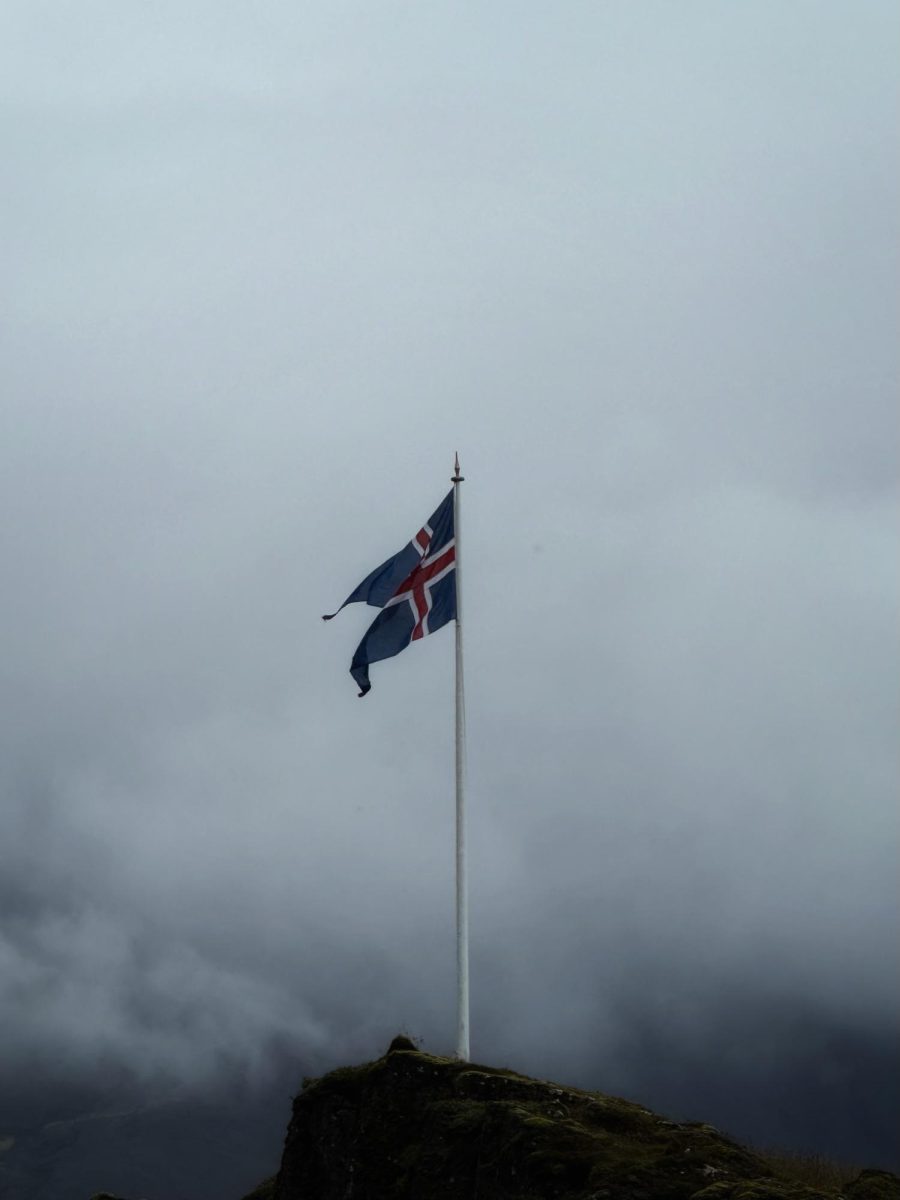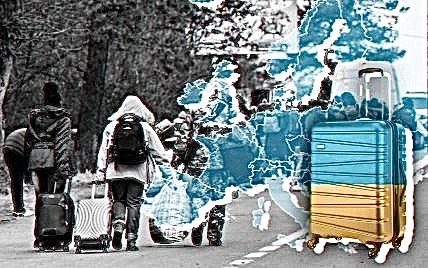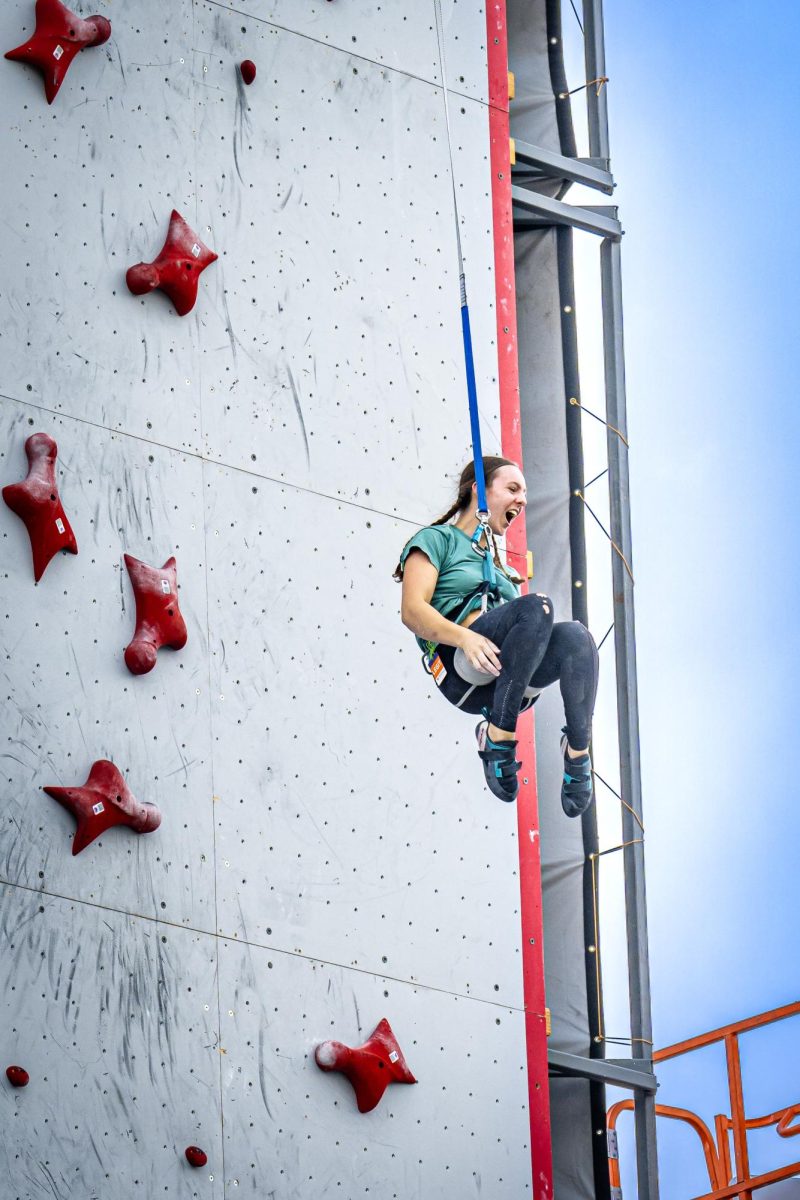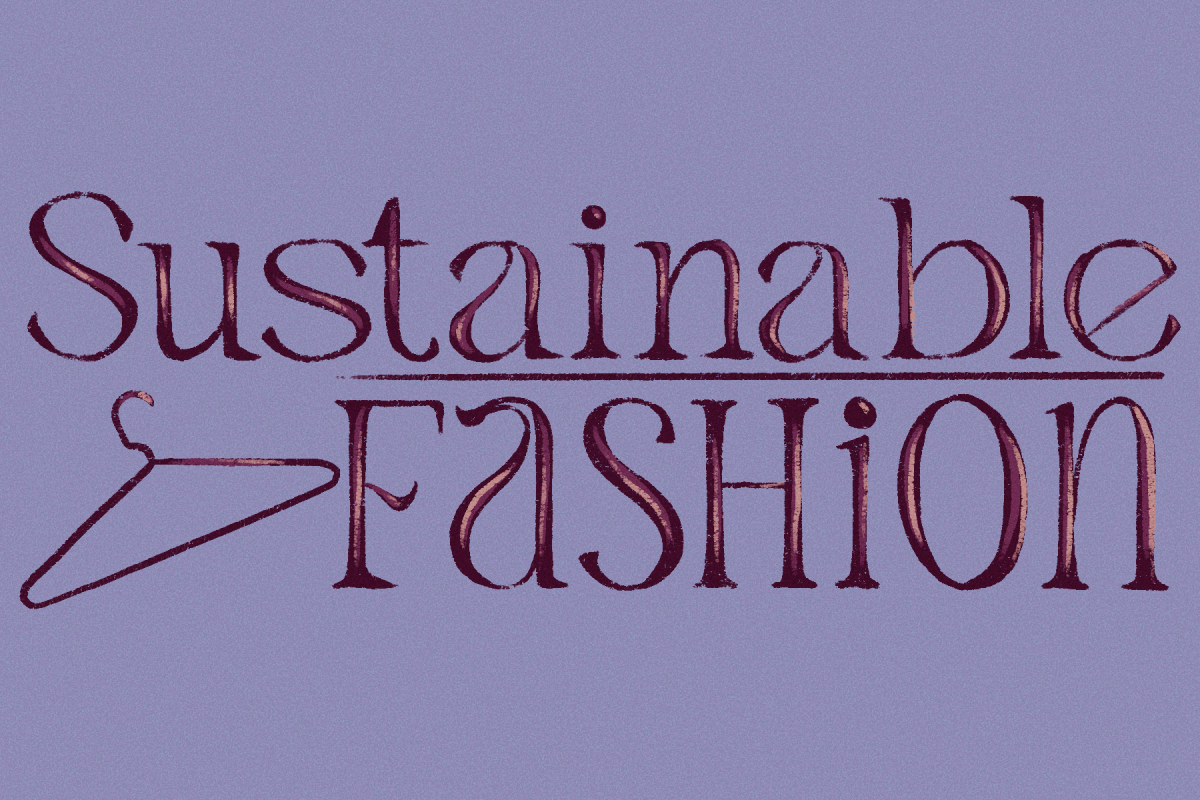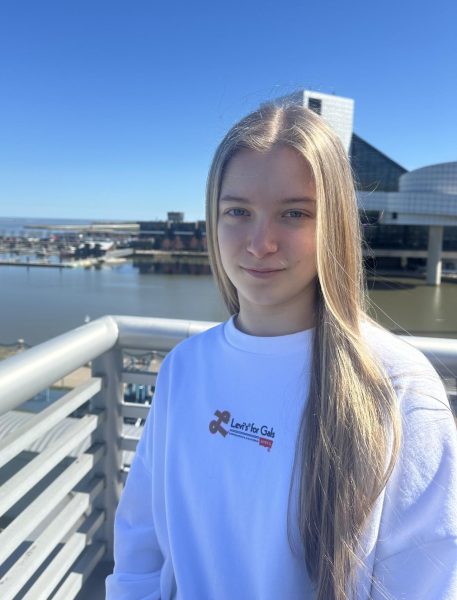Three years of war—three years of sorrow, pain, despair, and hope that it will all end soon. In these three years, everything has changed: Ukrainian lands, the Ukrainian people, their way of thinking, the world’s perception of Ukraine, and Ukrainians’ view of the world.
They say, “Someone else’s suffering doesn’t hurt as much.” There’s probably some truth to that. The war in Ukraine is not the first in the modern world, but hopefully, it will be the last. When I used to see or hear news reports about wars in the Middle East or other countries, I felt sorry for the innocent people who were dying, losing their homes, and being left without the means to survive. But it didn’t affect me as deeply because I didn’t know those people—they were strangers to me. I would switch the channel, and the feeling would fade.
But when war comes to your own land, it’s a completely different story. This tragedy, this sorrow, becomes an unbearable pain—not someone else’s, but your own.
The modern world is interconnected, and Ukrainians, like many other nationalities, are spread across the globe. So when Russia invaded Ukraine, the world felt the shock, and the pain spread everywhere. Many people who had lived abroad for decades couldn’t just stand by while their homeland was being destroyed.
One such person is Sasha Maslov, a professional photographer who was born, raised, and educated in Ukraine. Over 20 years ago, he moved to the U.S., where he built a career in magazine and commercial photography. But when the war started, he didn’t just watch from afar—he decided to use his skills, experience, and tools to show the world the reality of Russia’s war against Ukraine.
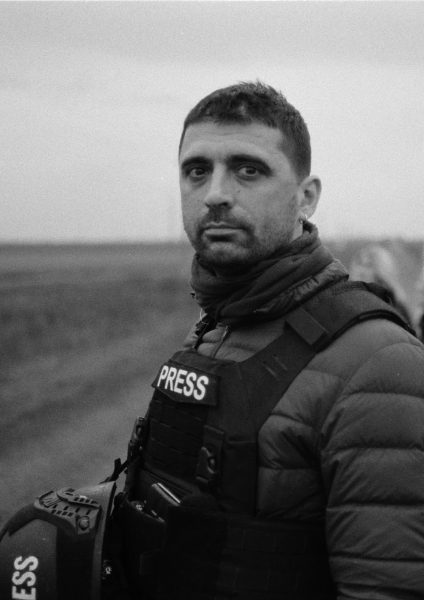
Recently, I had the chance to speak with him online while he was in Ukraine. I was able to ask him a few questions. I had seen his work, and I was very curious about how someone who witnesses death, destruction, and suffering copes with it emotionally. He said it’s difficult—because we are human, we have hearts and souls. No matter how much you try to prepare yourself mentally, seeing war in your own country is deeply painful. But you have to control your emotions so that the pain doesn’t stop you. You need to remember why you’re there. The world needs to see this. You have to take the photo—otherwise, no one will know the truth.
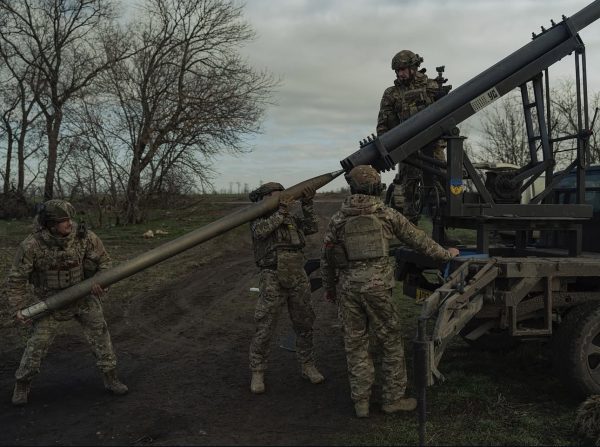
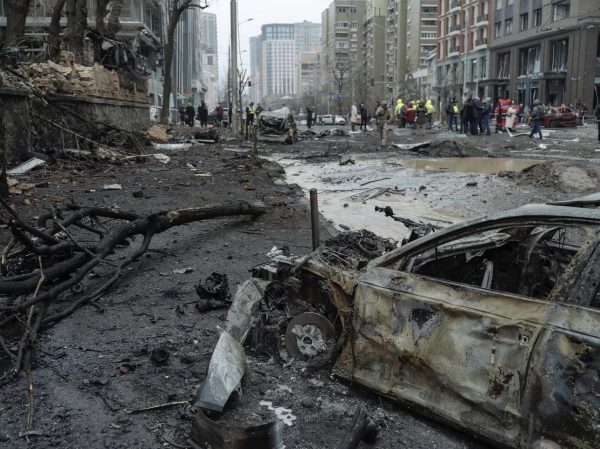
Many of his photos of civilians and soldiers have become the last images of them alive. We talked about this, and Sasha said that in war, this happens all the time. Sometimes, you connect with a person, learn their story, and then find out they didn’t survive. It’s heartbreaking—it “hits the hardest.” But you have to keep going, push through the pain, do your job, and show the world, the people, the events, and the reality of what war does to human lives.
In some cases, families have found their missing loved ones through these photographs. Some saw them for the last time, while others clung to the hope of seeing them again.
But not everything can be shown. Sasha explained that there’s a moral aspect to this. Not everyone can emotionally handle the horrors of war. That’s why some images are never made public. There’s also the risk that the enemy could use photos to determine future attack targets. It’s crucial to understand what can be shown and how to do it responsibly.
Believe me—war is far more horrific when you see it with your own eyes, when you hear about it from someone who was there with a camera or a weapon, someone who sat in a trench, was shelled with phosphorus bombs by Russian forces, survived, and lived to tell the story.
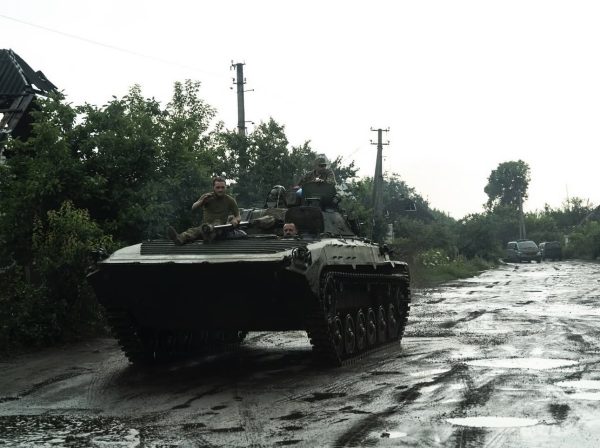
Three years of horror! Can you accept it? No, you can’t. You can’t accept death. You can’t accept the pain of losing a loved one.
I understand that the world is growing tired of Ukraine’s war. I understand that other people’s suffering doesn’t hit as hard. I know that the help Ukraine has received from the world is priceless, and we may never be able to repay it. But what is the price of a child’s life to a mother? What is the price of a father’s life to his child? Life is priceless. Yet it is being taken away.
I’ve thought a lot about what Ukrainians have done to deserve this. Why are young people who had their whole lives ahead of them dying? Why are innocent children, the sick, and the elderly paying the price? Were we too trusting? Did past generations believe too much, trust too much—while the current generation is paying the price?
Once, Ukraine had the third-largest nuclear arsenal in the world, second only to Russia and the United States. But on December 5, 1994, Ukraine signed the Budapest Memorandum—an agreement that provided security assurances in exchange for giving up its nuclear weapons. Under this document, Ukraine agreed to eliminate all nuclear weapons from its territory, while the U.S., Russia, and the U.K. pledged to respect Ukraine’s independence, sovereignty, and borders. They also assured that “none of their weapons would ever be used against Ukraine.”

So what went wrong? What happened?
Maybe Ukraine was simply too young as an independent nation. It was only three years old at the time—far too young to have the experience and foresight to understand the long-term consequences of that decision.
And so we disarmed. We believed.
And now—war.
So what’s next?
I asked Sasha Maslov if he sees an end to this war and when it might come. There was a long pause. He doesn’t know.
Who does?
Perhaps no one wants to say.
But Ukrainians continue to hope for peace. They wait for it in basements, in the cold, under rocket fire and constant explosions. They believe they will see the sunrise the next day. And they are grateful to the world for its support and help.

